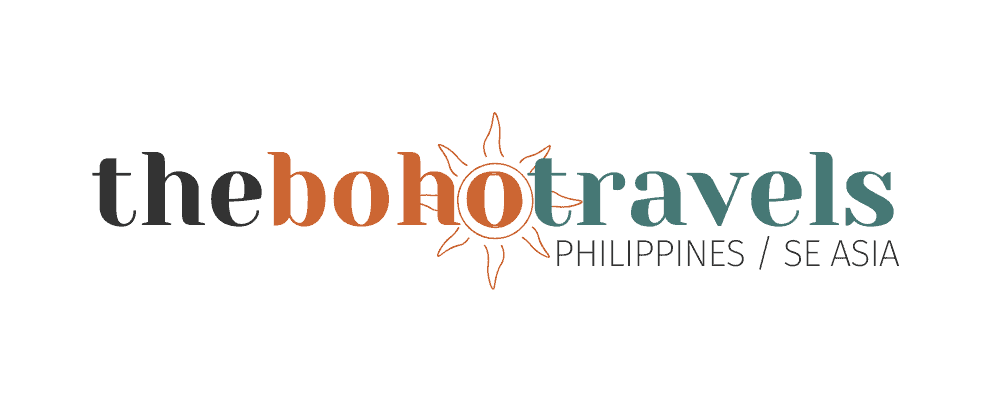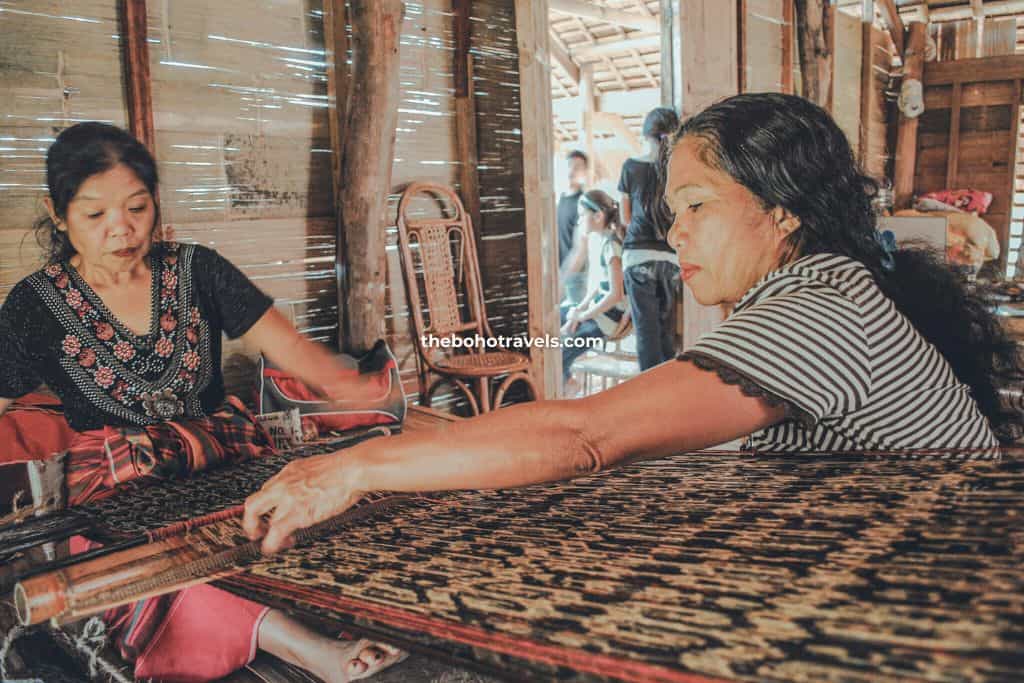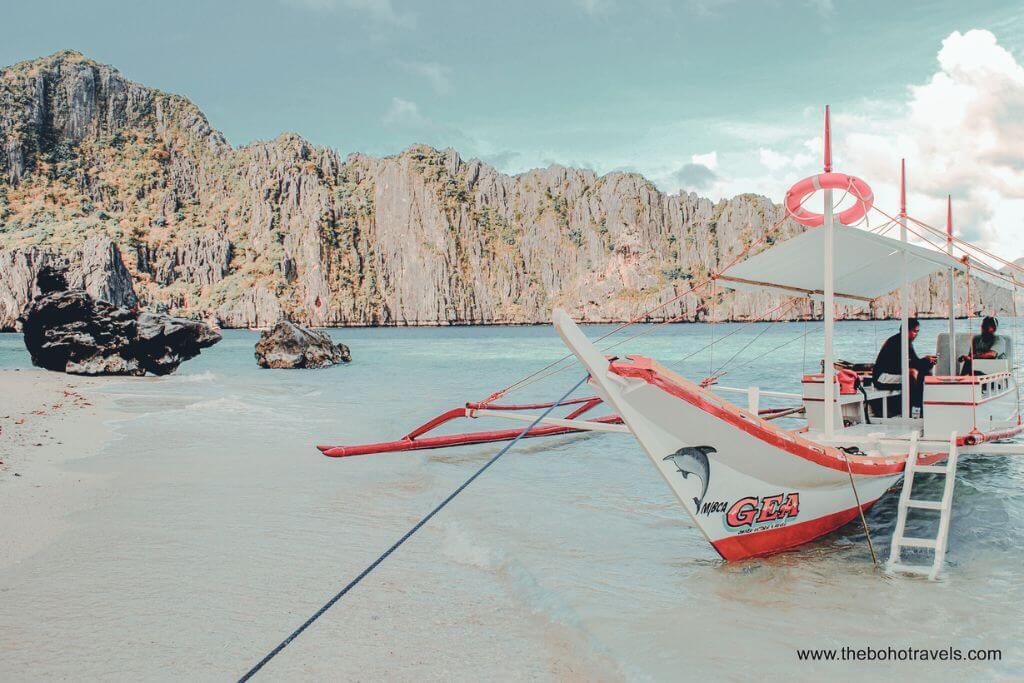Exploring Indigenous Art in the Philippines – A Beautiful Journey
I have been going on trips since I was a kid. However, I realized I LOVE traveling and going beyond just visiting the famous tourist spots when I had the privilege to experience our country’s indigenous culture and have a glimpse of our rich cultural heritage, including the practice of indigenous art in the Philippines.
This trip happened in 2012, when my friend, Tara, and I traveled in Luzon and to Mindanao and Visayas. While it was mainly about treading the off-the-beaten-path of meeting members of a few ethnic groups, experiencing indigenous culture, and appreciating traditional Filipino art, in between, we also took this opportunity to meet old and new friends, mainly from the Couchsurfing community.
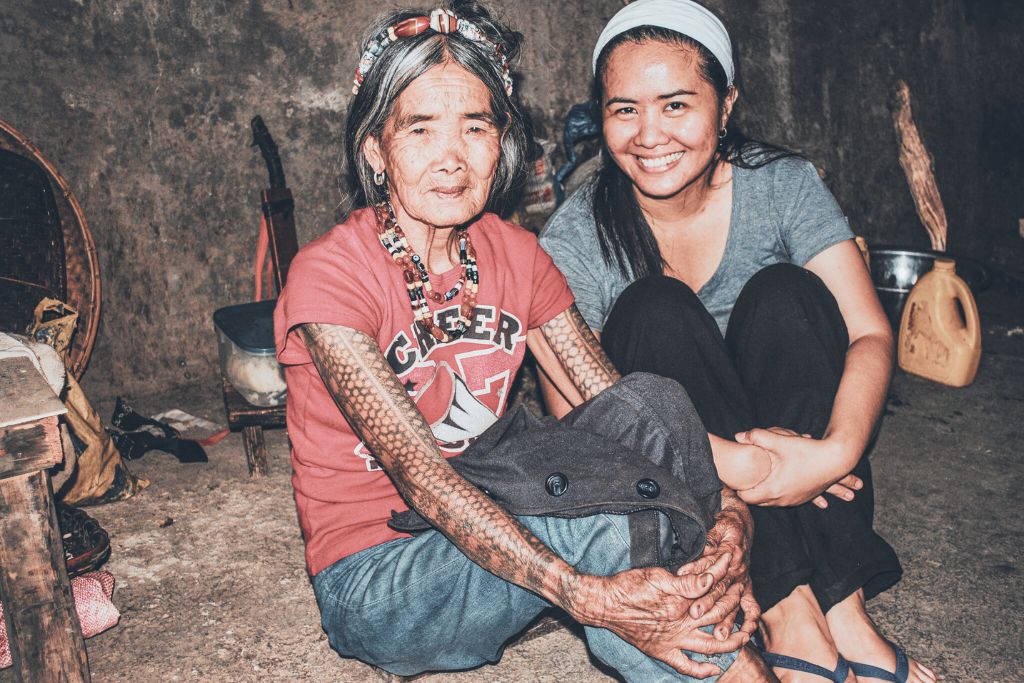
If you’re here, you might also be considering visiting indigenous communities to explore Philippine indigenous art and experience indigenous culture firsthand. I want to say off the bat, though, that if you’re looking for a comprehensive guide, then this is not it – far from it even.
But, if you want to hear from someone who’s actually done it and perhaps get an insight on how you can witness the practice of Philippine indigenous art and experience indigenous culture in the Philippines, then you’re in the right place.
So read on as I share with you my experience to hopefully inspire you to learn more about the Filipino roots and visit indigenous communities in the Philippines and may this be a starting point for planning your journey to experiencing indigenous culture in the country, including the practice of indigenous art in the Philippines.
⏳ Planning your trip? Use my favorite resources.
✈️ Airasia (budget flights in Asia)
🛏️ Agoda, Booking.com, Hostelworld (hotels + accommodation)
🏞️ GetYourGuide, Klook, Viator (tours & experiences)
🚂 12go (trains, buses, sea ferries)
*These are all travel resources I personally use for planning and booking my trips. If you use them, some of them will earn me a commission at no extra cost to you. This helps reduce the ever-increasing costs of keeping my site up. Thanks!
Experiencing indigenous culture and exploring indigenous art in the Philippines
My friend, Tara, wanted to travel around the Philippines and learn more about the country and our people. When she mentioned that Mindanao was one of the places she wanted to visit, I decided right then and there that I would join her.
Saying “yes” when I heard she wanted to visit Mindanao wasn’t surprising, especially for people who knew me. When I was still a public administration student at the University of the Philippines, I had the privilege of being an intern in Task Force 63 under the Office of the President of the Philippines. This experience paved the way for me to meet some of the indigenous communities in Mindanao and opened the door for me to be engaged in a world that I (first and once) loved – development work. So, I was excited that it was one of the places we were visiting.
But Mindanao wasn’t the first on our itinerary. Our first destination for experiencing indigenous culture and exploring indigenous art in the Philippines was Tinglayan, Kalinga.
📍 Tinglayan, Kalinga

Tinglayan, Kalinga, is located in the northern part of the Philippines and is a place in the Cordillera Autonomous Region. We included this in our itinerary because Tara wanted to get a traditional tattoo from the then-known as the last and oldest mambabatok, Apo Whang-od.
Getting to Tinglayan, Kalinga
Tara and I left Metro Manila at 7:00 PM. We took the bus from Victory Liner Kamias to Tabuk, Kalinga, and arrived at around 5:30 AM the following day.
Then, we rode the jeepney from Tabuk to Tinglayan. Since we were one of the first passengers, we got to sit in front; otherwise, we would’ve been on the roof of the jeepney, which would’ve been a bit uncomfortable given that the trip took about two hours on a rough road.

💡 PRO TIP: Buy your bus tickets for Kamias to Tabuk before your scheduled departure. We learned from our guide in Kalinga that three (3) other travelers were supposed to visit Tinglayan the same day that we were there but didn’t get to because there were no more tickets to Tabuk. Things may be different now, but if you want to be guaranteed, to some extent, that you’ll have a ticket to Tabuk, then I invite you to explore the option of pre-purchasing your ticket.
Meeting the People of Tinglayan
After a 15-hour trip to Tinglayan, Kalinga, we were warmly welcomed by our guide, Manong Francis Pa-in. He brought us to his sister’s house, which would be our home for the next few days in Tinglayan.
After having lunch and coffee prepared by Manong Francis, we went around the village to explore. While I had been to the Cordillera Region quite a few times, it was my first time in Kalinga, so despite the exhaustion, I went around in awe, determined to take in everything I could.
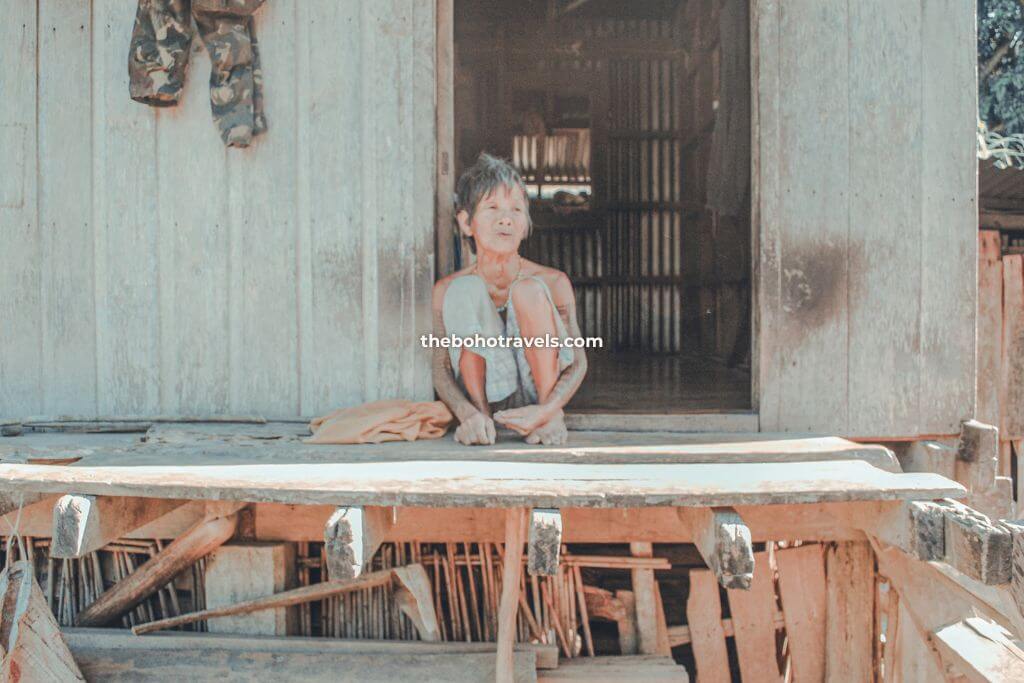
We crossed hanging bridges, met tattooed Kalinga women, and witnessed a local pounding coffee beans while singing in their native dialect (a real treat!). We also enjoyed the view of Sleeping Beauty and the Chico River.
We met our lovely homestay hosts in the evening and had dinner with them. But possibly one of the most beautiful, unexpected things we experienced in Tinglayan was when we “crashed” a Kalinga wedding.
Witnessing a Traditional Wedding Dance in Tinglayan, Kalinga
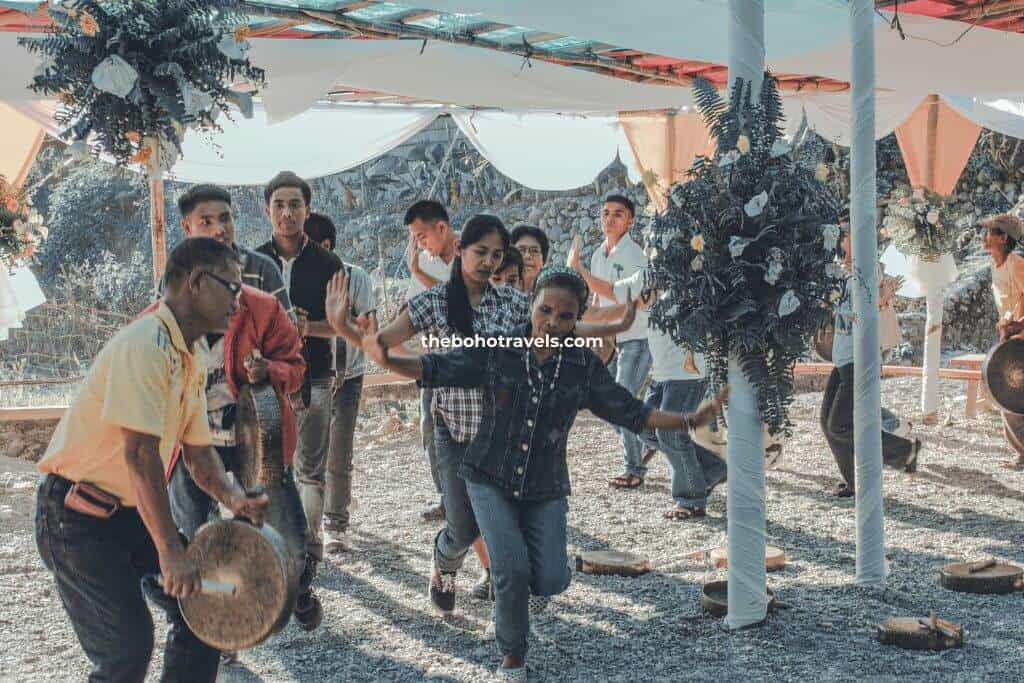
We were supposed to go around the village on our second day in Tinglayan and visit a weaver in the mountains. However, because a big wedding was happening, we received an invitation from what seemed like everyone from Tinglayan.
So, after resting in the morning and spending time with our beautiful host family (and learning about their love story!), Tara and I “crashed” a wedding and had the privilege to witness the traditional Kalinga wedding dance using gangsa (gongs).
Meeting the Oldest Mambabatok, Apo Whang-od

The following day was the highlight of the Kalinga leg of our trip. It’s the day we’re going to Buscalan to meet Apo Whang-od (a recipient of the 2018 Dangal ng Haraya Award for Intangible Cultural Heritage from the National Commission for Culture and the Arts).
From our homestay in Tinglayan, we waited for the jeepney that would bring us to the foot of the mountain to get to Buscalan Village, where Apo Whang-od lives. Upon alighting in Tulgao, we hiked to Buscalan, where we found Apo Whang-od’s community.

When we finally arrived in Buscalan, I felt like we were in a different world altogether. I had planned on just sleeping through most of the day because of the tedious hike that just happened. But, being with Apo Whang-od, the community, the mountains, the air – all these washed the tiredness off. I just felt so privileged to have had the opportunity to visit Buscalan Village.
Getting Inked by Apo Whang-od
After Whang-od served us lunch and coffee, she started working on Tara’s tattoo.
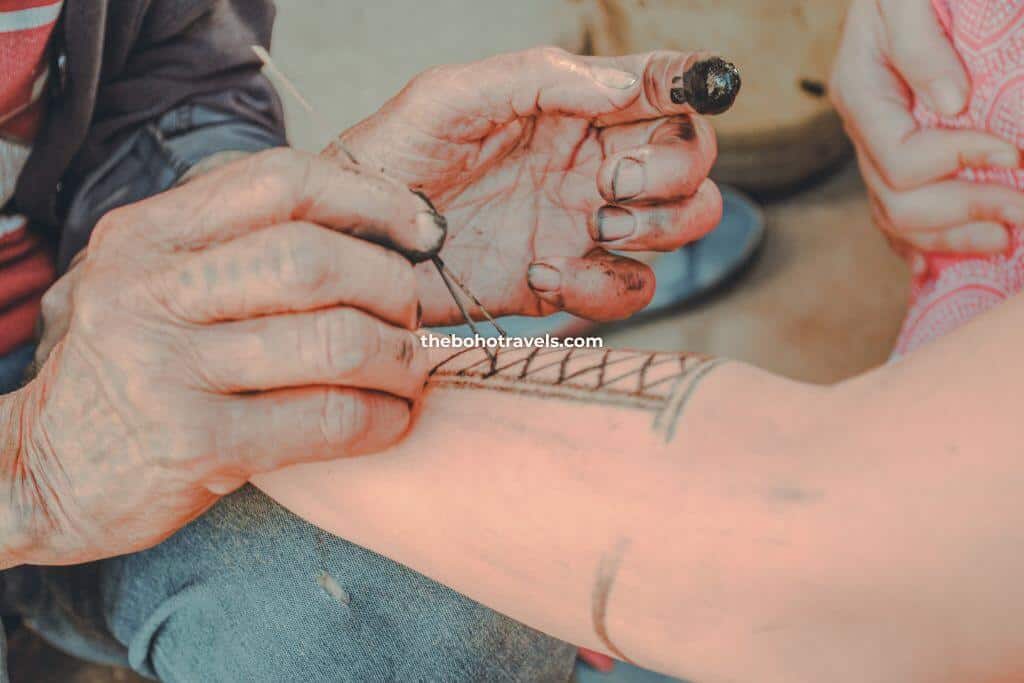
It was simply amazing seeing the then 92-year-old Kalinga traditional tattoo artist having so much focus and precision in her craft. Equally amazing would be how candid and cute Apo Whang-od was when we had our conversation with her later that afternoon about life, love, family, and community.
In the evening, Apo Whang-od’s family cooked dinner for us. Then, we slept on Whang-od’s wooden floor.
The following day, Tara decided to get another tattoo line from Apo Whang-od. So, after breakfast, they went to work. And Tara got her complete tattoo by the last Kalinga tattoo artist!
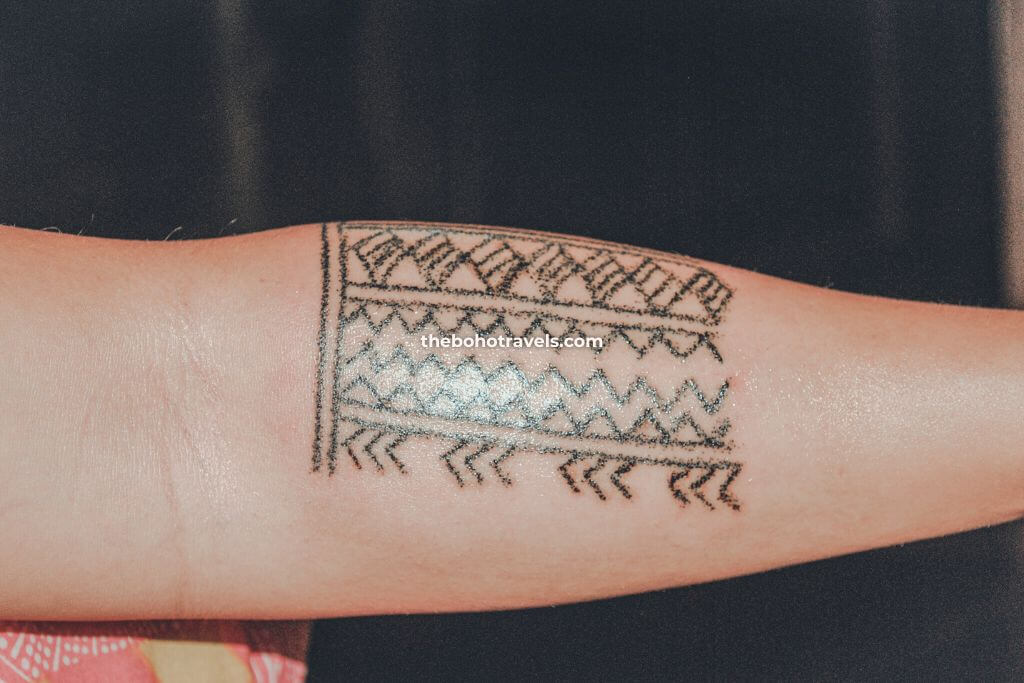
💡 PRO TIP: Be flexible with your travel schedule. We were supposed to head to Mountain Province after visiting Apo Whang-od. But, due to an unforeseen landslide, we had to spend an extra night in Tinglayan before traveling to Bontoc.
📍 Sabangan & Guinaang, Mountain Province
Before leaving the Cordilleras, Tara and I met with Russell, our Couchsurfing host based in Sabangan, Mountain Province. With him, we headed to Guina-ang to deliver the books we brought from Manila for the kids of the village.
💡 PRO TIP: As you’re already in the Cordilleras, I also invite you to check out Ifugao (where you’ll find the UNESCO World Heritage Site, the Rice Terraces of the Philippine Cordilleras) and Sagada (where you can see their traditional way of burying people at the famous Hanging Coffins at Lumiang Cave), which in my opinion are among the best places to visit in the Philippines.
Going around Sabangan, Mountain Province
Sabangan, Mountain Province, isn’t one of the famous Philippine tourist destinations. To be honest, I didn’t even know about it until we were planning this trip. But I was grateful that we included a stop in Sabangan in our itinerary.

In Sabangan, we met a couple of lady weavers for Russell’s project, Trashure, and had the opportunity to see some of Russell’s recycling art projects around Sabangan, including a mandala co-created by Russell and the kids of Sabangan.
However, one of the most memorable experiences I had in Sabangan was when we had the privilege of watching kids playing by the Chico River while we were on a hanging bridge. Precious!

Visiting the Village of Guina-ang, Mountain Province
Going to Guina-ang wasn’t part of our plan. We were supposed to leave the books with Russell and return to Manila for an overnight stay before our flight to General Santos. But, since we were already in the Mountain Province and we learned that there was a family in Guina-ang who was hosting a couple of Couchsurfers and who were also willing to host us for an overnight stay, Tara and I decided to go with Russell to Guina-ang.

We took the bus from Sabangan to Bontoc and rode the last jeepney from Bontoc to Guina-ang. We spent the night with our lovely Couchsurfer friends and our generous hosts.
Meeting the kids of Guina-ang
Before leaving Guina-ang, we had the privilege of meeting the lovely kids of the village. While Tara was talking about Canada in one of the classes, I had planned to walk around the school and take a photo of its stunning mountain views.
But, when the kids saw my camera, they just posed in front of me and seemed like they were playing the “I want to be in the picture!’ game. They were so adorable! It was just five (5) minutes, but it was one of the most memorable parts of this trip.
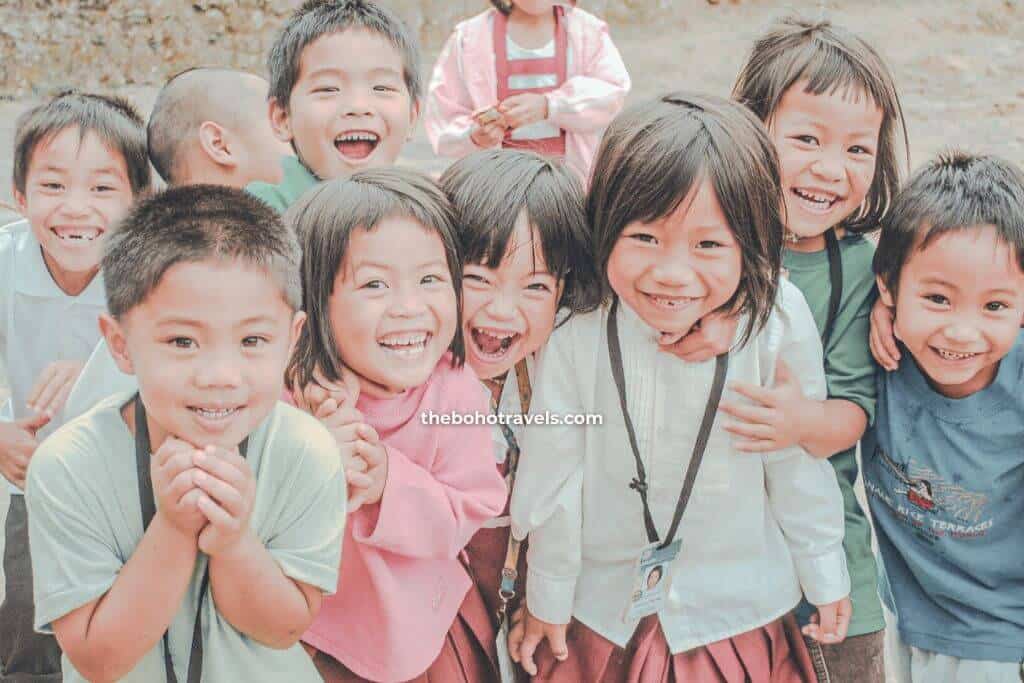
Top Loading Back to Bontoc
Dominika, Piotr, Tara, and I caught the last jeepney back to Bontoc. As it is the last ride before we head back to Manila, I decided to ride on the roof of the jeepney and enjoy the beautiful view of the Bontoc mountains – one of this trip’s last experiences and precious memories in the Cordilleras.

📍 Lake Sebu, South Cotabato
It had been so long since I last visited Mindanao and even longer since I last witnessed indigenous culture in this part of the Philippines. So, I was mostly looking forward to our Lake Sebu leg of the trip.
Getting to Lake Sebu, South Cotabato
From Bontoc, Mountain Province, we took the 3:00 PM bus ride to Manila so that we’d have enough time to leave some of our stuff at Tara’s apartment before we headed to the airport for our flight to General Santos.
When we arrived in General Santos, we took a multi-cab to Bulaong Terminal, where we rode the Yellow Bus Lines to Marbel, and then to Surallah. From there, we took our last ride for the day, which was a van to Lake Sebu.
Meeting the talented young T’boli artists at the School of Living Traditions
The T’boli School of Living Traditions in Lake Sebu would be our home for the next days. We slept in this T’boli gono bong (big house).
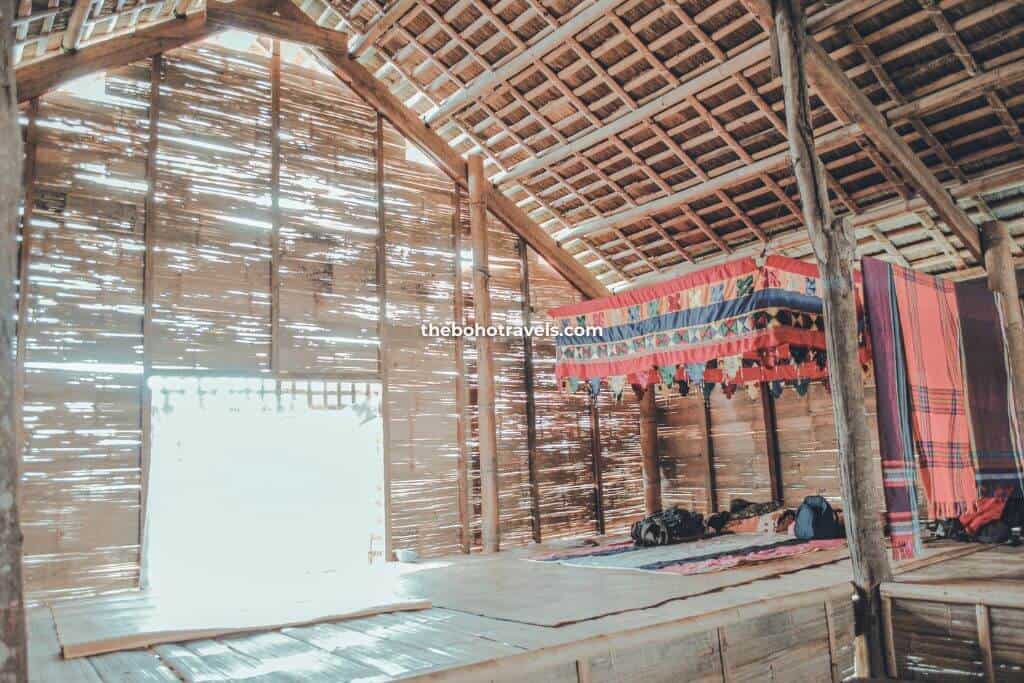
A few minutes after we got there, the T’boli kids started playing with Tara and me and did their “ugly” faces for the camera.
They played the drums and performed for us on our first and the many nights after. They let us listen to their music, sang for us, and showed us some of their dances.
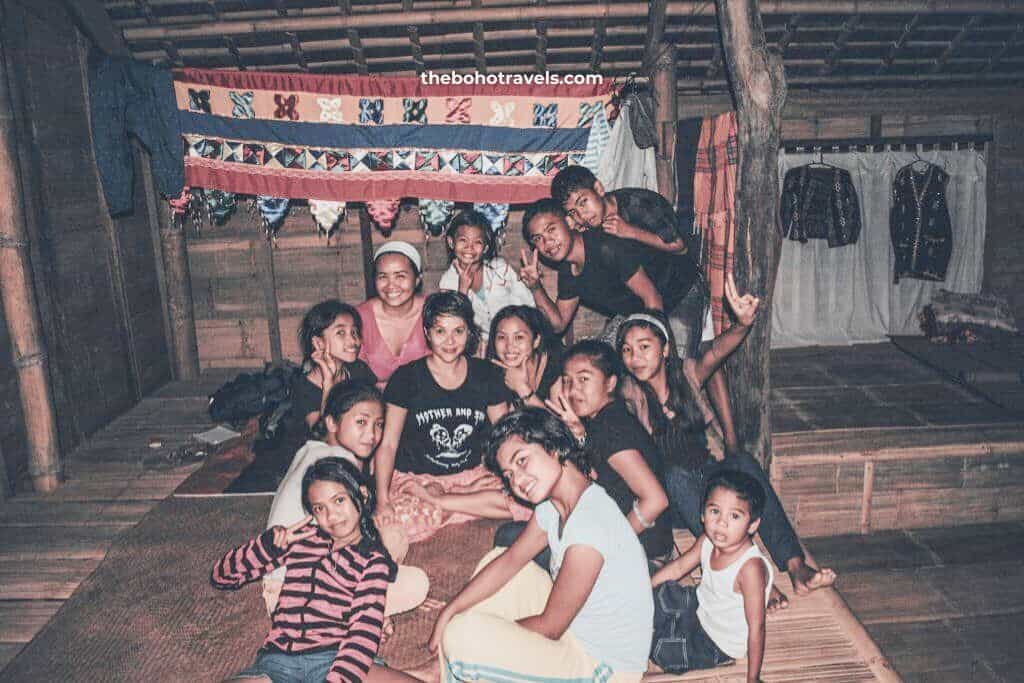
Dondon also taught Tara how to do the warrior dance. It was so amazing and a privilege living with a community, albeit only for a few days, where everyone’s so talented and thoughtful!

We spent the following day with the kids and teachers of the School of Living Traditions. Tara, being from the Ojibwe tribe of Canada, shared with the kids and teachers of the school how they do their beadwork.
Meeting the T’boli Dreamweavers
We were also fortunate to meet and have conversations with the T’nalak Dreamweavers, Manang Barbara & Manang Uyel.

T’nalak cloths are exquisite creations of the T’bolis, where they intricately wove together dyed abaca fibers using the back strap loom weaving technique. The patterns come from the dreams of the master weavers, like Manang Barbara.
Just this year, I found out that Manang Barbara is one of the recipients of the National Living Treasures Award and was honored with the Gawad ng Manlilikha ng Bayan (GAMABA) for Textile Weaving in 2023.
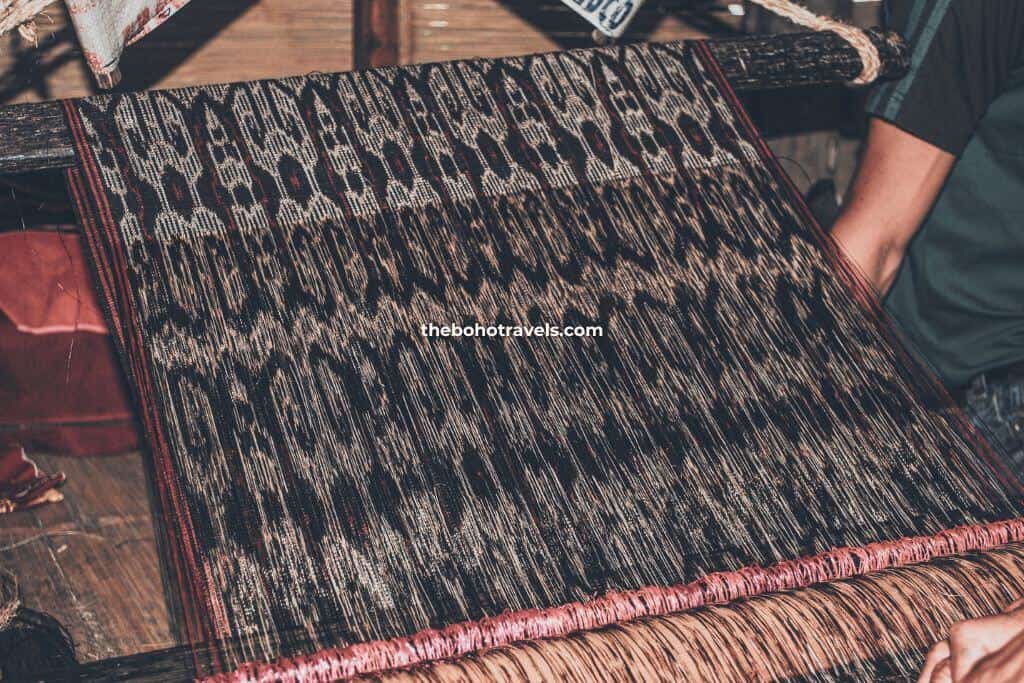
📍 Duero, Bohol
After an enriching stay at Lake Sebu School of Living Traditions, it’s time to leave for our next destination: Bohol, where we planned to visit the Eskaya Tribe in Duero.
Getting to Bohol
From T’boli School of Living Traditions in Lake Sebu, we rode the van to Surallah and then a bus to General Santos. After having lunch and checking our emails from our contacts in Bohol and Samar, we headed to the General Santos Airport for our flight to Cebu.
In Cebu, my buddy, Therese, picked us up from the airport and treated us to lunch at their restaurant, Casa Verde, in IT Park. She also treated us to merienda at Casa Verde main. Both meals were delicious!

Then, Therese brought us to the port, where we took the ferry to Tagbilaran. From Tagbilaran Port, we took a trike to our host’s house in Tagbilaran. There, we were welcomed and fed dinner by the mom of Malou, our Couchsurfing host in Bohol.
Meeting the Eskaya tribe in Duero, Bohol
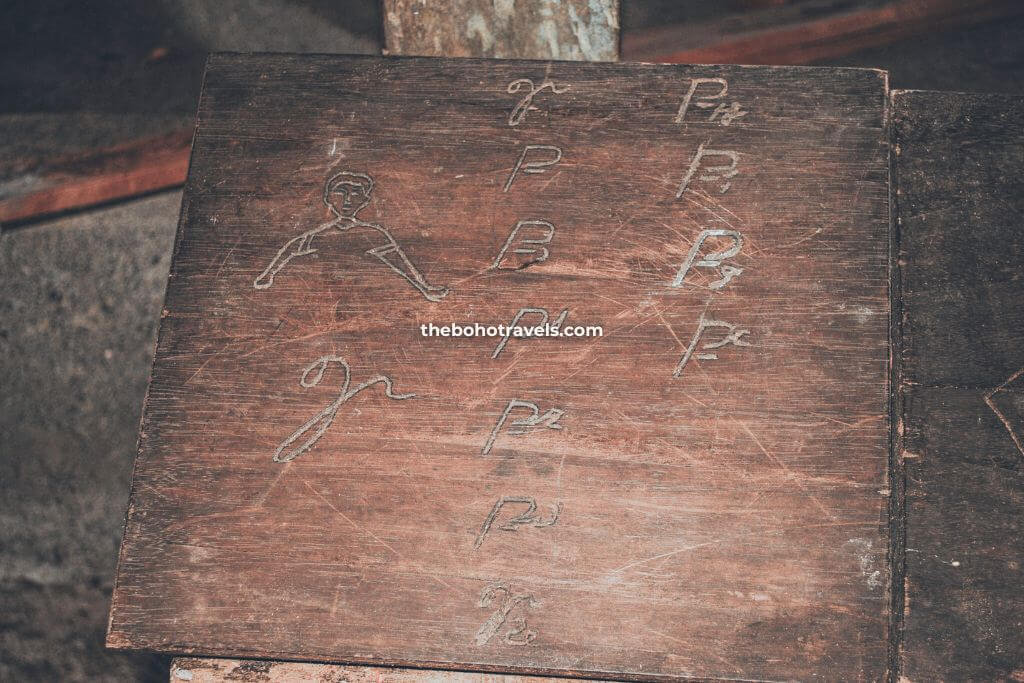
Finding the Eskayas was quite tricky since, back then, information about how to reach them was pretty difficult to find online. But because we really wanted to meet them, Tara and I put on our big girl pants and went on an adventure to meet the Eskaya Tribe in Duero, Bohol.
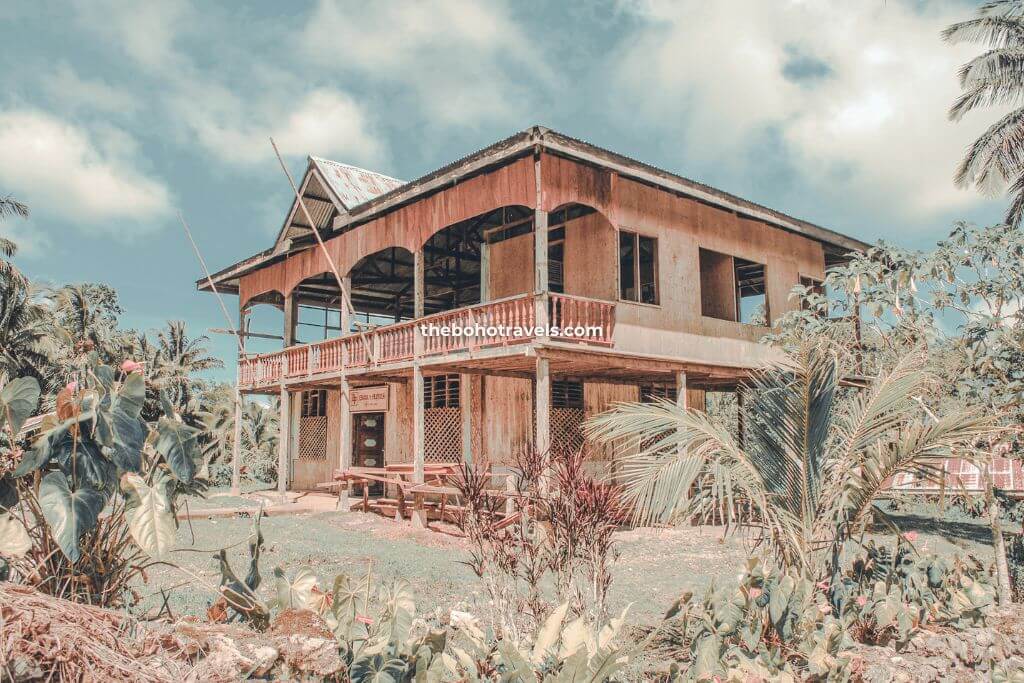
We spent a couple of hours with the Eskaya tribe and learned about their scripts and their commitment to preserving their culture. We also got to listen to them sing the Philippine National Anthem in the Eskaya dialect. It was a privilege.
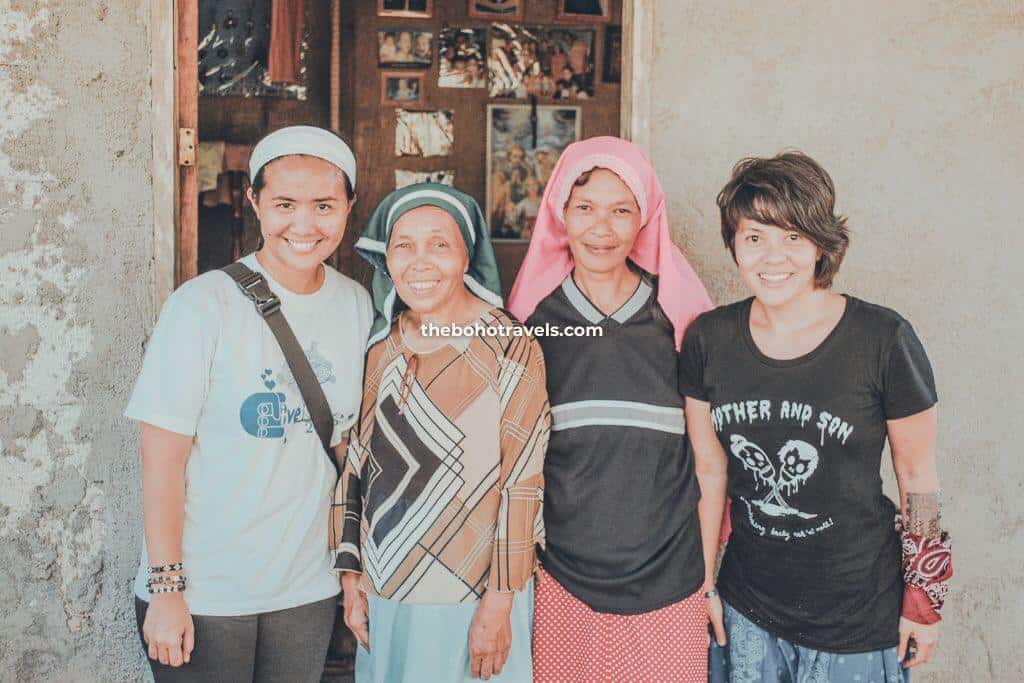
The 10-minute Chocolate Hills Experience
Because we were already in Bohol, Tara wanted to see the famous Chocolate Hills.
So, we took a bus to Loay and another to Carmen. We alighted at the foot of the entrance to the viewing deck of the hills. Since it was already sunset, we were lucky that there was a lone trike that would get us to the viewing deck; otherwise, we would’ve missed the chance to see the beautiful Chocolate Hills.
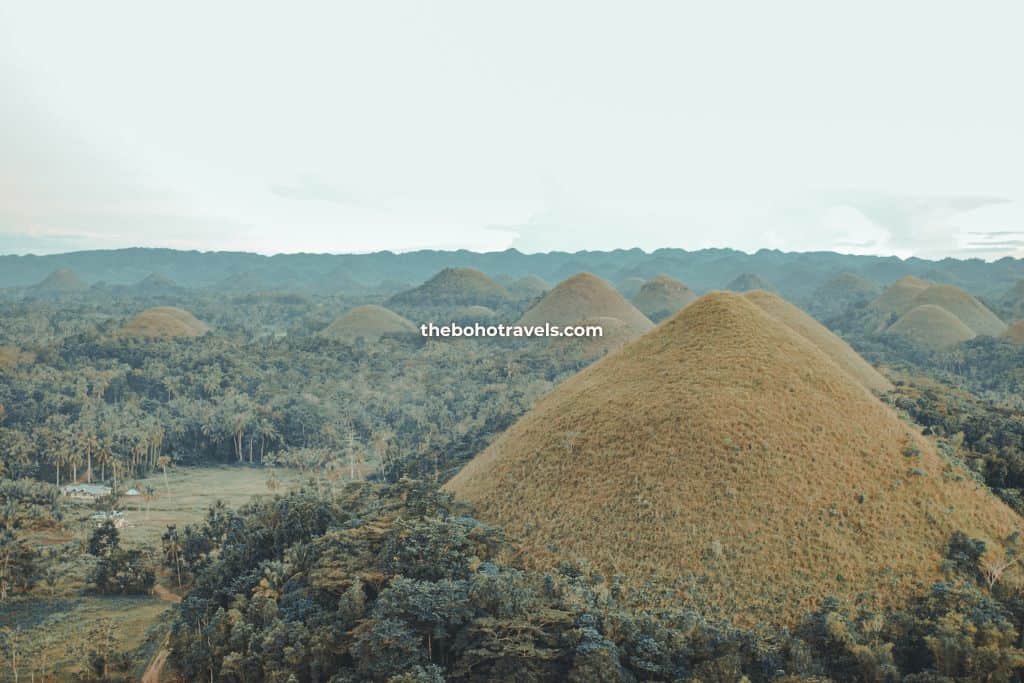
Spending the evening with our bubbly host, Malou
From Chocolate Hills Viewing Deck, we rode the bus back to Tagbilaran and alighted at the terminal. We met our host, Malou, for the first time at a mall near the terminal. We all took a trike to Acacia de Bubu, where we had dinner and had a wonderful conversation about life, travel, and adventure.
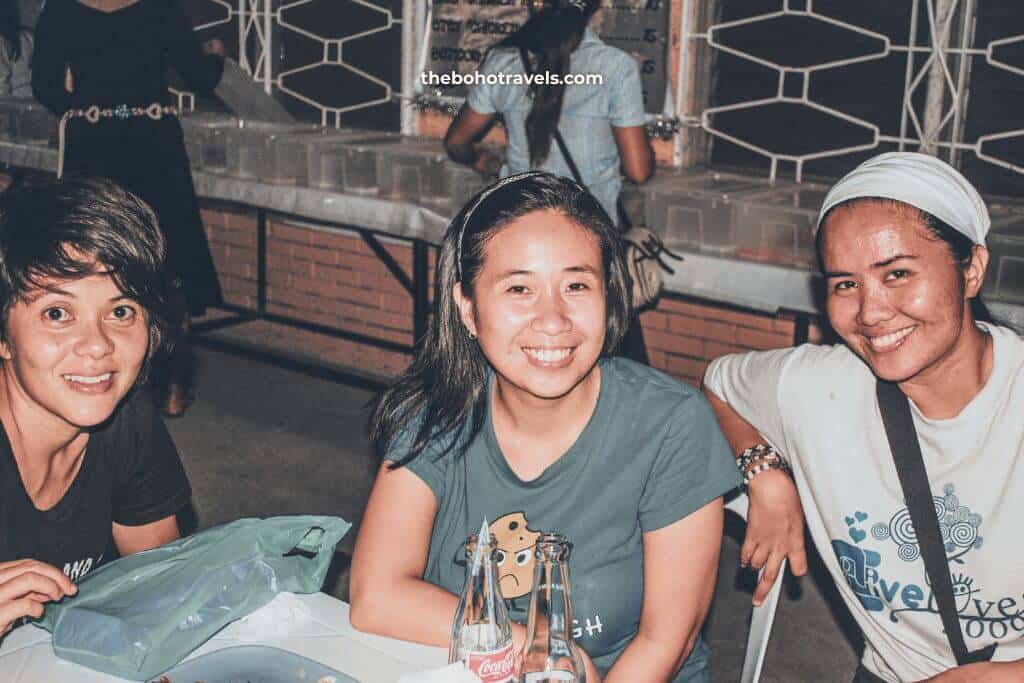
We then returned to Malou’s place and prepared for the next leg of our trip.
BONUS: Side trip to Marabut & Basey, Samar
After saying goodbye to our lovely hosts in Tagbilaran, Tara and I returned to Cebu (where we met our friend Therese again), before heading to Leyte where we’d meet our Couchsurfing host Fernz, who will help us locate the famous woven mat (banig) sellers of Basey, Samar.
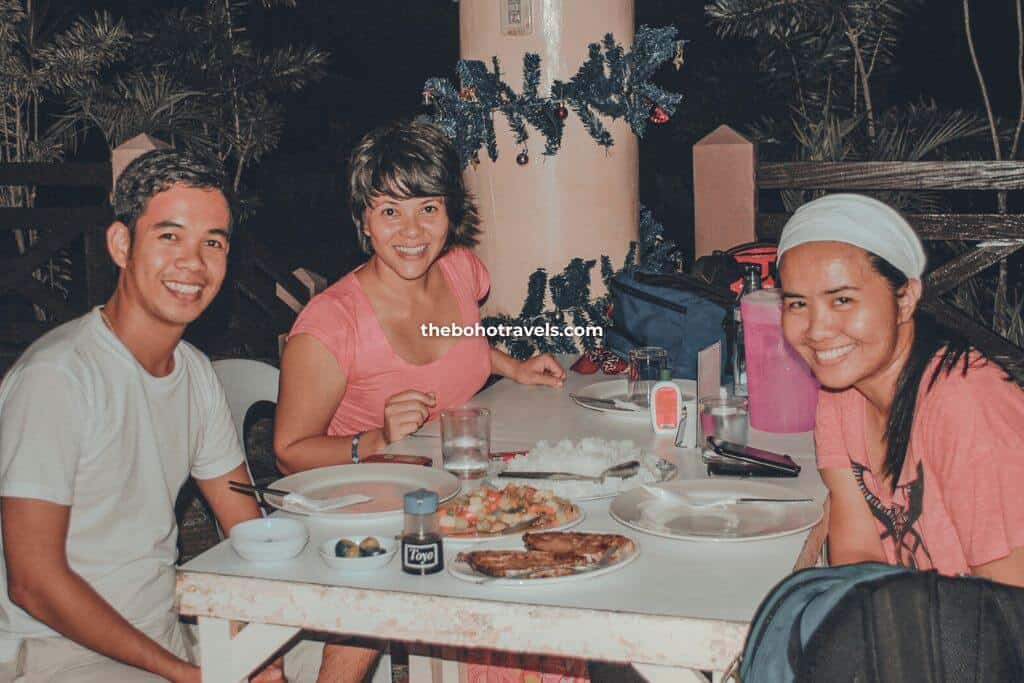
But before our last stop (Basey), Fernz brought us to a resort in Marabut, where we spent the rest of the evening having conversations about life and adventures. And, in the morning, we swam on a beautiful rocky beach of Marabut, Samar.

After a good swim, we headed to Basey, where we admired the beautiful woven mat creations (banigs) of the community.
Where else can you experience indigenous culture in the Philippines?
What I shared with you is just a peek into the beautiful Philippine indigenous art. But these aren’t the only places where you can experience the indigenous culture of the Philippines.
If you have the time, I invite you to visit Baguio, Palawan, Banaue, Sagada, and Zamboanga, a few of the many places where you can explore and admire indigenous art in the Philippines.
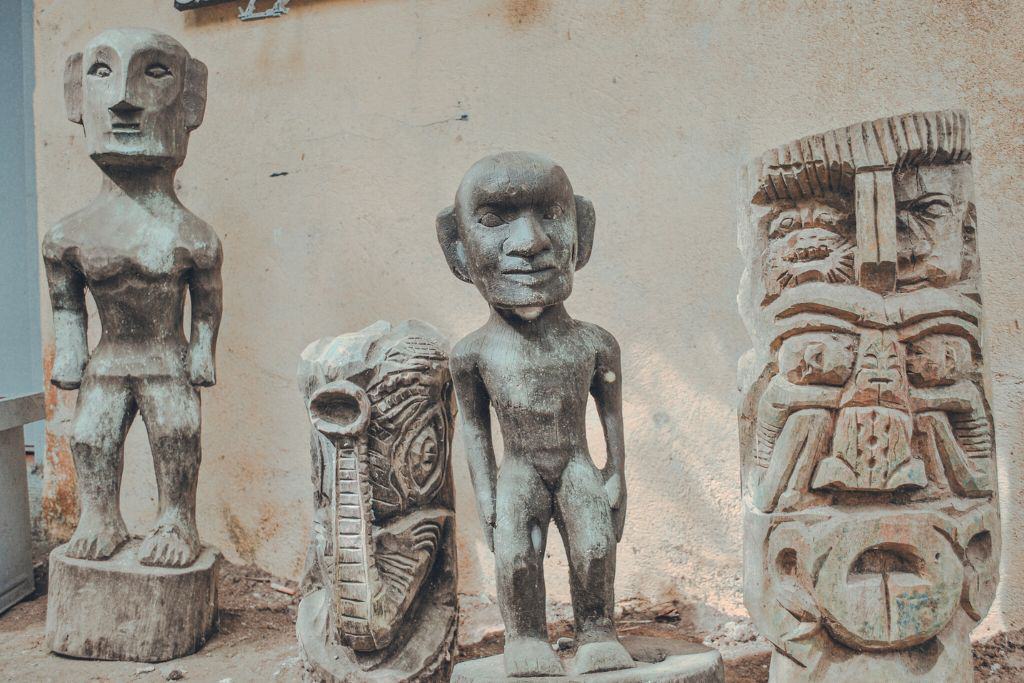
But if you have limited time and only have a few hours during your trip to have a glimpse into the art and culture of our indigenous peoples as well as other traditional arts, including Philippine folk arts, you can visit the National Museum and see examples of Philippine arts, like pottery (including Manunggul Jar), sculptures, traditional textiles, and crafts.
The Wrap-Up: Exploring Indigenous Art in the Philippines
I’ve always admired the creativity of artists – whether they specialize in contemporary art, visual arts, or other art forms. But what this trip has taught me is the critical role of our artists in preserving history and culture.
I’ve been to many places – almost all Southeast Asian countries, a few in Europe, and nearly half of the Philippines. I’ve had the privilege of seeing different forms of Asian art, the various architectural structures built during the Spanish colonial period, and today’s contemporary art.
But I find a special kind of joy in witnessing the practice of Philippine indigenous art and witnessing indigenous culture in the Philippines.
I love that one tattoo from Apo Whang-od is like having a piece of Philippine art on your body. I love that witnessing the T’boli kids perform their traditional dances is like a peek into their cultural identity. I recognize that it is a privilege to watch the T’nalak Master Weaver Manang Barbara slowly create her masterpiece, which, to me, is a visual art in itself. Seeing the letters of the Eskaya tribe in a wood carving, hopefully, to be preserved for another century and more to come.
The entire trip was a lovely and self-discovering one for me. If you are looking to travel through the Philippines and want to learn more about our rich Filipino culture, art, and people, I invite you to visit the places where our indigenous communities are. Who knows, aside from discovering the beautiful indigenous art in the Philippines, you may also be able to learn more about you.
